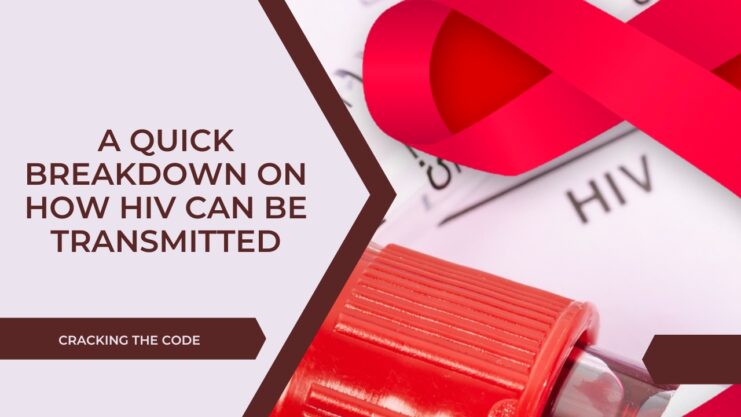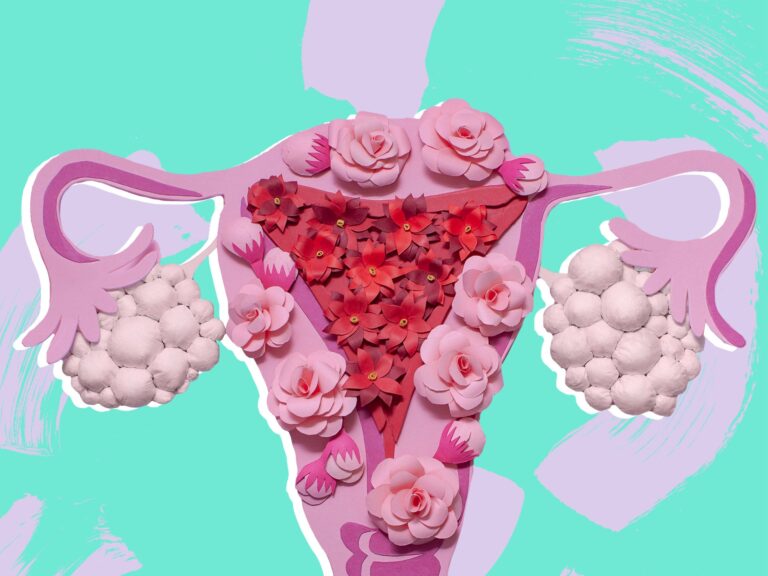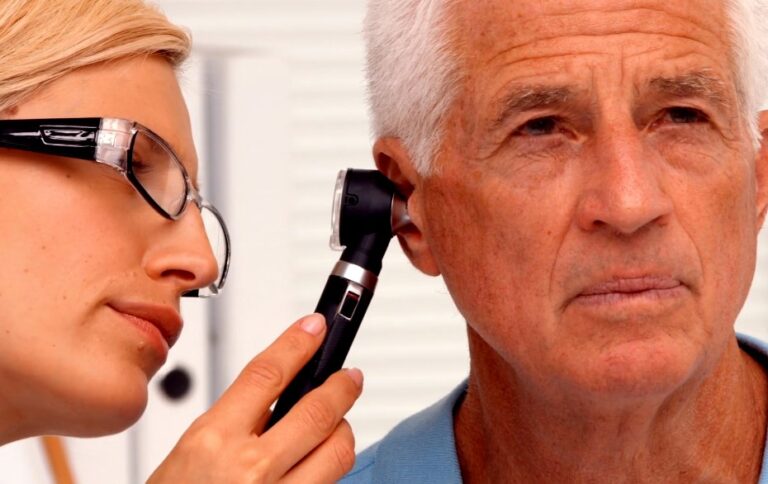This discussion will be organized into three main sections: certain methods of HIV transmission, hypothetical routes of transmission, and scenarios where transmission is impossible.
It’s crucial to note that the transmission of HIV necessitates the contact of a fluid from an HIV-positive individual with an HIV-negative person. The virus is present in high concentrations in blood and semen, whereas the viral load in saliva and vaginal fluid is considerably lower.
Now, let’s expound on this introduction. The transmission of HIV is a complex issue that requires a nuanced understanding. This involves recognizing the different biological fluids that can carry the virus, the specific activities that can facilitate its transmission, and the conditions that must be present for the virus to infect a new host.
Furthermore, while certain pathways of HIV transmission are well-established and supported by a multitude of scientific studies, others are largely theoretical. This means they’re possible in principle but are either extremely rare or haven’t been definitively proven in real-world conditions.
Finally, it’s also important to identify situations where HIV transmission cannot occur. These non-risk situations often serve as sources of common misconceptions and stigmas associated with HIV, and dispelling these inaccuracies can play a key role in promoting better public understanding and more effective preventive measures.
In the following sections, we will delve deeper into these topics to provide a clearer picture of HIV transmission.

According to Singapore Ministry of Health’s UPDATE ON THE HIV/AIDS SITUATION IN SINGAPORE in 2014.
Definite ways of HIV transmission (risk will be listed as risk per 10000 – so 1/10000 means that for every 10000 people who engage in that activity, 1 person will become infected.
- Blood transfusion – 9250/10000 (this is only with HIV-infected blood which is very rare nowadays as every donor blood sample is screened before use).
- Needle sharing in intravenous drug use – 63/10000.
- Needlestick injury – 23/10000.
- Receptive anal sexual intercourse – 138/10000.
- Insertive anal sexual intercourse – 11/10000
- Receptive penile-vaginal sexual intercourse – 8/10000
- Insertive penile-vaginal sexual intercourse – 4/10000
- Receptive and insertive oral sexual intercourse – low (too low for accurate numbers).
Estimated risk per exposure to HIV transmission: assume that the ‘source partner’ is always HIV-positive. For a partner of unknown status, the risk is affected by the prevalence of HIV in the relevant community – i.e., the chance that the partner does in fact have HIV. Unless otherwise stated, the sexual acts are always without a condom.
Theoretical ways of HIV transmission:
- Blood contact with an open wound – is possible but an unlikely scenario as open wounds should be tended to immediately in order to reduce the risk of other infections. The risk of a bacterial infection would be higher than an HIV infection.
- Blood contact onto mouth or eyes – again possible but extremely unlikely unless you happen to be in a horror movie.
- Dried blood – although HIV can survive in dried blood for several days, the environment has to be favorable and transfer this way is very very unlikely.
No risk of HIV transmission:
- Breathing the same air as someone.
- Touching a toilet seat or door knob.
- Drinking from a water fountain.
- Hugging, kissing or shaking hands (although kissing may transfer fluids the level of virus in saliva is so low as to make the risk negligible).
- Sharing utensils.
- Sharing gym equipment.
- Skin-to-skin contact with an HIV-positive person even if they happen to have fluid of unknown origin on them (particularly applies to commercial sex workers).
- Biting or scratching that does not break the skin or draw blood.
- Essentially, as mentioned above, fluid-fluid contact is necessary for transmission – if this hasn’t happened then there is no risk for HIV.
I hope this helps answer most questions that concern people over possible ways of HIV transmission – if new questions pop up I will try and add to this topic to help allay people’s fears.
Myths and Misconceptions About HIV Transmission
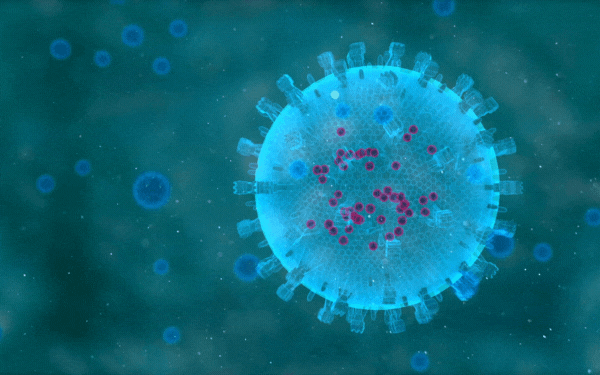
Misinformation about HIV transmission can contribute to unnecessary fear and stigma surrounding the disease. To foster a healthier and more empathetic society, it is important to debunk these myths. Here are some common misconceptions:
- Casual Contact: HIV cannot be transmitted through casual contact such as shaking hands, hugging, sharing a meal, or using the same toilet facilities as someone who is HIV-positive.
- Mosquito Bites: Despite popular belief, HIV cannot be transmitted through mosquito bites. The virus doesn’t survive in insects, and when mosquitoes bite, they do not inject the blood of the person or animal they have previously bitten.
- Saliva, Sweat, and Tears: HIV is not spread through saliva, sweat, or tears, as the viral load in these fluids is too low to infect another person.
Factors Affecting the Risk of HIV Transmission
The risk of HIV transmission can be influenced by several factors:
- Viral Load: The higher the amount of HIV in the blood (viral load) of an HIV-positive individual, the higher the risk of transmission. Effective antiretroviral therapy can reduce the viral load to undetectable levels, greatly reducing the risk of transmission.
- Type of Sexual Activity: Unprotected anal intercourse has a higher risk of transmission than unprotected vaginal intercourse. The risk is highest for the receptive partner (the “bottom”) in anal sex. Oral sex carries a much lower risk.
- Presence of Other STIs: Having another sexually transmitted infection can make a person more susceptible to contracting HIV, and can also increase the chances of an HIV-positive person transmitting the virus to others.
- Substance Abuse: The use of drugs or alcohol can increase the risk of HIV transmission by impairing judgment and increasing the likelihood of risky behaviors, such as unprotected sex or sharing needles.
The Role of Antiretroviral Therapy (ART) in Preventing HIV Transmission
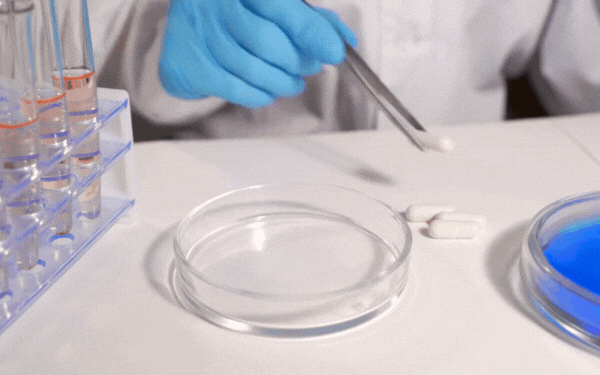
Antiretroviral therapy (ART) is a form of treatment that uses a combination of HIV medicines to prevent the virus from multiplying in the body. By effectively suppressing the replication of the virus, ART helps to reduce the viral load in an HIV-positive individual to undetectable levels.
This is significant not only for the health of the person living with HIV, but also in preventing transmission of the virus to others. If the viral load is undetectable, the risk of transmitting the virus to an HIV-negative partner is effectively zero, a concept known as “U=U” or “undetectable equals untransmittable.”
ART can thus play a key role in ending the HIV epidemic by preventing ongoing transmission of the virus. However, its success relies on people living with HIV having access to testing, being linked to care, starting ART promptly after diagnosis, and adhering to their treatment regimen consistently.
Final Words
Understanding the transmission of HIV is essential in mitigating its spread and managing its impact on individuals and communities. This exploration of definite, theoretical, and non-existent ways of HIV transmission offers a comprehensive guide to the intricacies of this critical issue.
While HIV transmission is definitely associated with certain high-risk activities such as blood transfusions from infected donors, sharing needles in drug use, and unprotected sex, it’s important to bear in mind that theoretical routes of transmission, while possible, are extremely rare and often unlikely in everyday scenarios.
Related Posts:
- Sexually Transmitted Diseases (STD) Syndromes Overview
- Trying to Conceive – A Ladies Quick Guide to…
- How To Solve Discord Pop Out Not Working 2024…
- How Long Can HIV Live Outside the Body? The Clock Is Ticking
- Top 6 Myths on How You Can Get Infected with HIV
- Can Ultrasound Be Used During Fertility Assessment?

